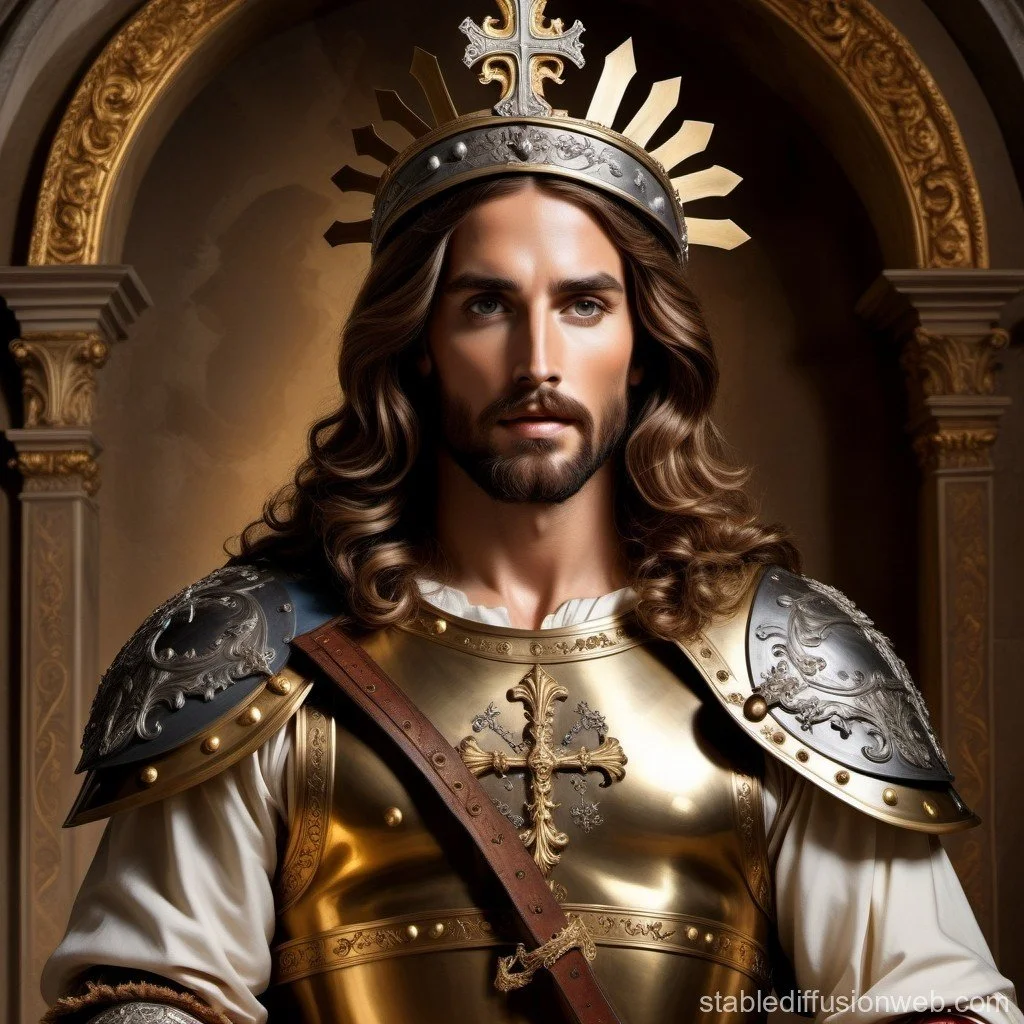
—
Made by Wrestlers,
for Wrestlers
—
Templar Cross
The Templar Cross, also known as the Cross Pattée. It was associated with the Knights Templar, a renowned medieval organization, tasked with protecting Christian pilgrims and the Holy Land. The history of the Templar Cross begins with its creation in the 12th century. Its significance is multi-faceted:
Use on the Battlefield: Worn proudly by the Knights Templar during battle, the cross symbolized martyrdom. The knights believed in an assured place in paradise, removing fear of death and emphasizing honor and glory. Strict military rules required knights to stand by their comrades as long as the Templar flag flew.
Christian Symbolism: From a Christian perspective, the cross represents the sacrifice of Jesus Christ on the cross, conveying love and compassion. The Knights Templar, dedicated to defending Christianity and the Holy Land, used this cross to align themselves with the church’s teachings.
Crown Association: Often paired with a crown, the cross suggests heavenly rewards for a life well-lived. It signifies that one’s journey is not finite, and honor can still be achieved beyond death. The Latin phrase “In Hoc Signo Vinces” translates to “By this sign you shall conquer,” reinforcing the idea of ultimate victory.
The origin of the Templar Cross is multifaceted and has deep historical roots. It may be linked to ancient alphabets, particularly Hebrew, where the cross represents finality and judgment. Another theory suggests its connection to the mark of Cain, found in the Bible’s Book of Genesis.
The symbol of the Templar Cross is rich with meaning, reflecting a blend of Christian beliefs, military valor, and the quest for divine rewards. Its origin, deeply intertwined with history, carries multiple interpretations that continue to intrigue and inspire.
Whats in the Name?
"Holy Roller" was once a derogatory term, originating from the Charismatic and Pentecostal movements, for individuals who exhibit ecstatic religious worship behaviors like falling down or rolling on the floor during services. While once considered offensive by outsiders, some members of the Holiness movement and other related traditions have reclaimed the term to describe passionate, emotionally charged faith.


